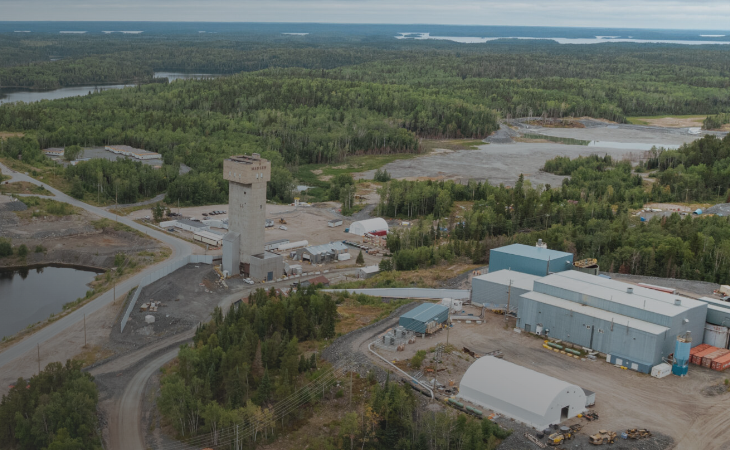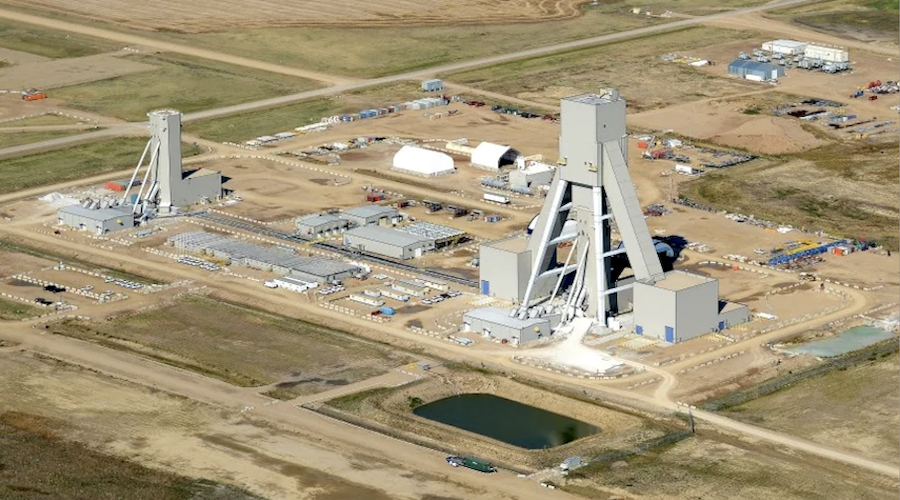OTTAWA – Environment Canada is working on a 10-year review of the Federal Metal Mining Effluent Regulations (MMER) that regulate what compounds the 105 metal mines in Canada can deposit in waterways.
Part of these regulations are guidelines for Environmental Effects Monitoring (EEM), which are field biological studies that mines must perform. In these studies, mines test endpoints such as fish age, weight, condition, and gonad and liver size downstream of mines to assess whether their activities are having an effect on the receiving environment. Most of these 105 mines have undertaken three phases of monitoring, and the authors of the report obtained most of these data from Environment Canada. However, the data set is incomplete.
With the data available, the authors assessed whether fish downstream of metal mines in Canada are affected by those mines. It was found that fish downstream of both base and precious metal mines tended to have reduced condition, and in some instances had enlarged livers.
Lack of data meant that iron ore, uranium, and other metal mines were not assessed in the initial phases. Results from later phases show no effects across endpoints for these mines, but do show reduced liver size and increased condition in iron ore mines. However, because the source data were incomplete, the results have to be interpreted with caution.
Experience from 10 years of EEM studies has shown that there are a large number of false positive tests, meaning that the EEM studies are showing an effect on downstream fish due when there may not be a problem. Therefore, Environment Canada and the Mining Association of Canada have suggested two major changes to the methodology: implementing critical effects sizes (meaning that the difference between upstream and downstream fish has to be sufficiently large to trigger a “failure”) and a Bonferroni correction (which would require that the level of certainty depend on the number of tests performed).
The alternate methodologies were examined as to how they might impact the findings. We found that using Critical Effects Sizes would reduce the number of mines that “fail” EEM tests by more than half. Because there were many false positives in the original program, we suggest that this will reduce the rate of false positives without reducing protection for the environment. However, the authors don’t find that the rate of false positives require a Bonferroni correction and in fact using this may be too conservative, and result in a number of mines not “failing” an EEM test when they should.
The authors concluded that there are measurable biological effects downstream of metal mines across Canada, particularly for base and precious metal mines, but note that that data set is incomplete and some caution must be afforded to these conclusions.
They also concluded that implementing Critical Effects Sizes will do a great deal to address the rate of false positives in EEM studies, but that there is no need to use a Bonferroni correction, which is overly conservative and would result in the reduction of protection for the environment.
The report is published by the Mine Effluent Neutral Drainage offices of Natural Resources Canada. The complete report can be downloaded from the MEND website.





Comments